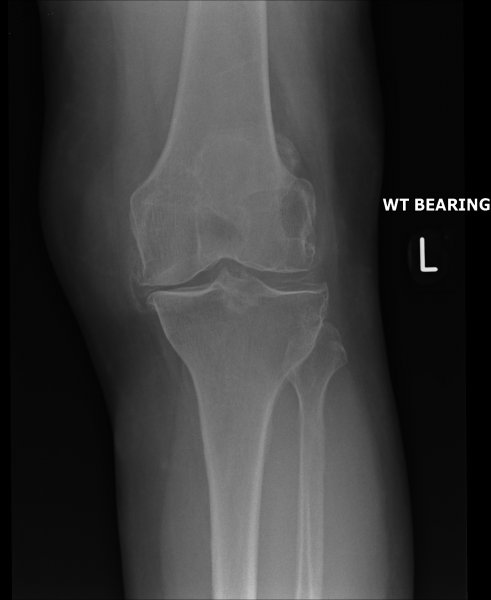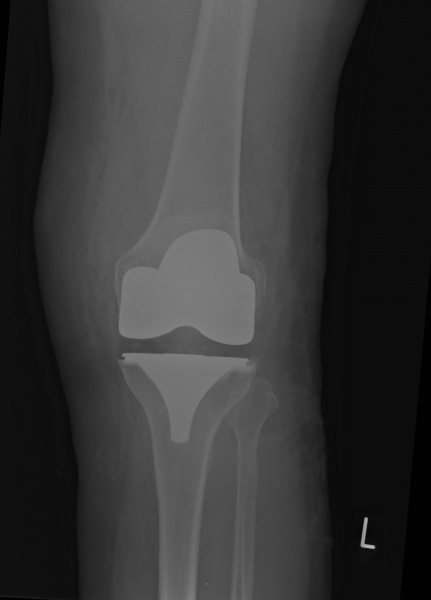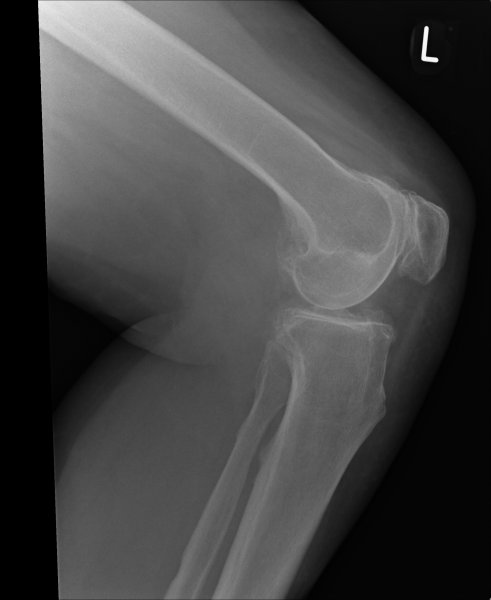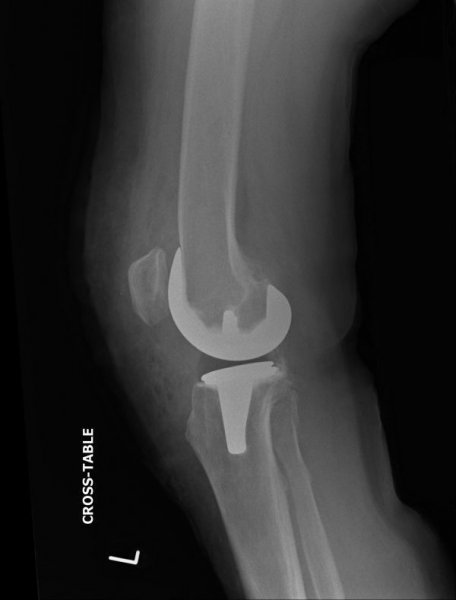Total Knee Replacement
What is replaced?
The end of the femur (thigh bone) is removed along with the top of the tibia (shin bone) and sometimes back of the patella (kneecap) to remove the arthritis. These are be replaced with a polished metal at the end on the femur, a metal tray with plastic liner on the tibia and a plastic covering for the patella. All or some of the ligaments are removed depending on how bad the arthritis is and how much of the bone has worn away.
Here are some examples:
When are you ready for knee replacement?
Knee replacement is a good operation for removing pain. As a result of this, patients feel better, sleep better, avoid painkillers and become more mobile. You have to remember however that it is a replacement so it is NOT a normal knee joint again. The right person to make the decision on when a patient is ready for a knee replacement is not the doctor or patient’s family, it is the patient themselves.
As with everything in life, one must balance the risks with the benefits and make a decision based on the advice given by the GP and Surgeon. In summary, you are probably ready to discuss knee replacement when:
- Painkillers don’t help.
- You can’t sleep at night.
- You have trouble with stairs.
- You have a reduced quality of life.
- You are at risk of losing your independence.
What are the risks with surgery?
On average over 85% of people who undergo total knee replacement are happy with the results, there are however risks as with any operation. They include the following:
- Infection – 0.5%.
- Stiffness.
- Wear and tear and the need for redo surgery in the future.
- Nerve or vessel damage .
- Bleeding.
- Clots – in the legs, heart, lungs and brain.
- A small number with continued pain.
All of these risks can be discussed with your surgeon and explained in more detail. For revision surgery, the risks are higher still.






